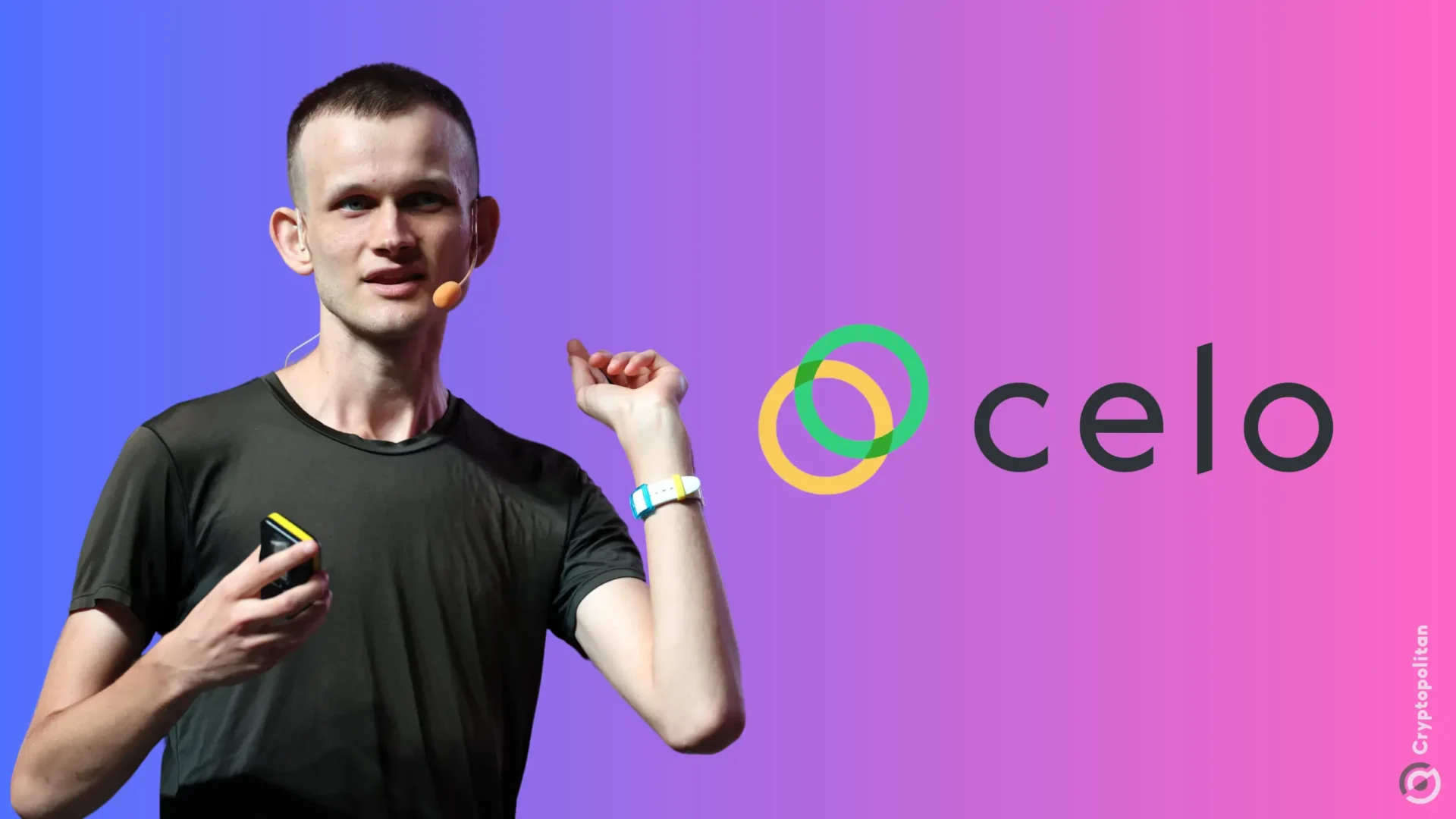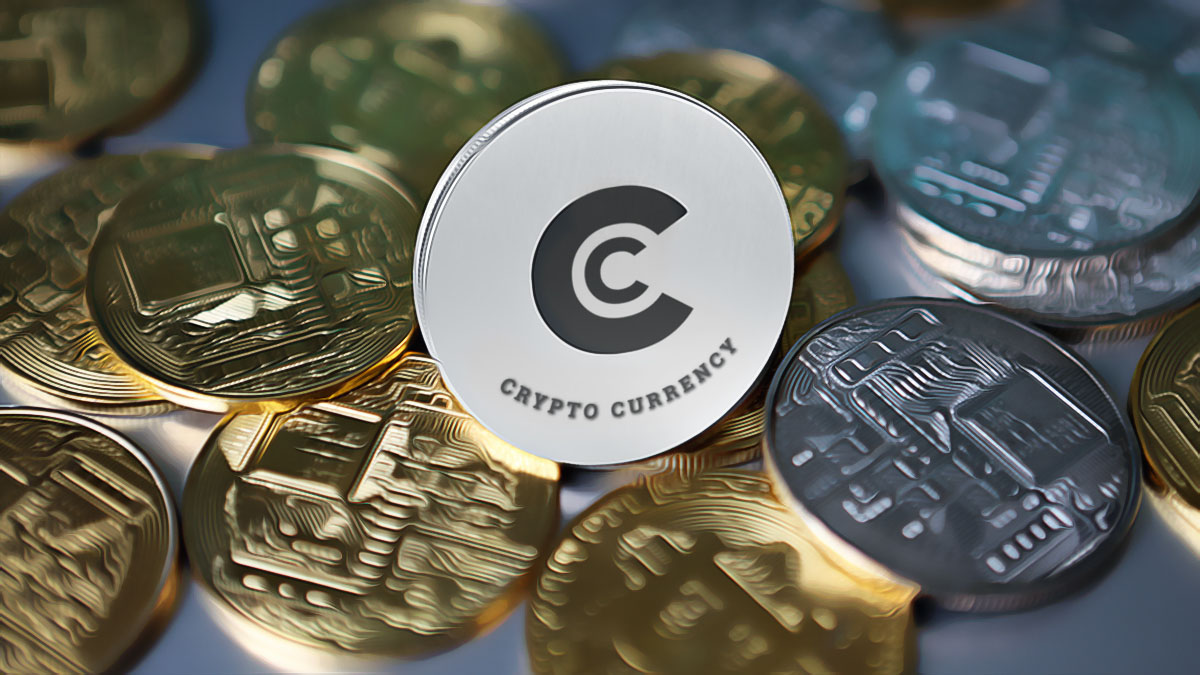
Vitalik Buterin mentioned Celo as a tool to bring payments and serve as a decentralized fintech app. Buterin mentioned Celo even after warning about overhyping L2 chains.
In a recent post on X, Ethereum’s founder Vitalik Buterin praised Celo, a recently growing network. Buterin mentioned Celo as an example of decentralized financial services with a low transaction cost.
The endorsement arrives soon after Buterin laid out his plan regarding L2 chains. From 2025 onward, he intends to speak in favor only of sufficiently decentralized chains. Buterin holds Celo to be aligned with Ethereum’s goals of decentralization and accessibility.
Celo develops the Valora app, which ties an identity with on-chain action. The lightweight wallet service aims to send funds as easy as a chat message. The app has near-zero fees, and has driven stablecoin payments on Celo since its launch in 2021. However, the recent spike in Celo activity may be due to other factors, including DeFi and DEX trading.
This is amazing to see. Improving worldwide access to basic payments/finance has always been a key way that ethereum can be good for the world, and it’s great to see @Celo getting traction.
See also their recent posts:
* @Celo becoming an Ethereum L2: https://t.co/08U7G7q69s
*… https://t.co/Qq7vcmZ6e3— vitalik.eth (@VitalikButerin) September 25, 2024
Celo to evolve into an L2
Celo was among the high-profile projects of 2020, raising more than $100M with backing from Coinbase Ventures and a16z. The network started as an L1, but there is talk of migration to an EVM-compatible L2 similar to Optimis, Arbitrum, Base, and others.
Buterin has previously endorsed DeFi and Ethereum-compatible projects as a way to spread financial services to the unbanked. In reality, most of those services require significant expenses. Celo offers gas payments using stablecoins, not requiring extra steps to buy ETH or CELO. Contracts on Celo also require much lower gas allocations compared to Ethereum.
Celo aims for high-speed transactions, while carrying a native form of Tether (USDT). Recently, the network surpassed TRON by carrying more stablecoin transactions in a short time frame.
The Celo chain also receives inflows from Ethereum, though limited to $2.96M. Stablecoins make up around 6% of those inflows, as the network is still taking a backseat to bigger L2s. The chain still carries more than 820K weekly active addresses on average and more than 176M accounts as a whole.
Based on stablecoin activity, Celo increased its daily active users to peak levels for 2024. The network saw close to 700K daily active addresses, again boosted by stablecoin activity.
The Celo network is still a Layer 1 stand-alone chain, which aims to be culturally compatible with Ethereum. The network aims to transform into a L2, retaining its EVM-compatible features. The project launched its fundraising in 2020 and is a relatively late addition to the crypto space. Currently, most L2s still require some form of centralized consensus instead of coordinating nodes or users. Buterin has warned about only endorsing projects with a robust consensus mechanism that does not include a final verification by the team.
CELO tokens rally after Buterin’s mention
Soon after Buterin’s post, CELO tokens had a small rally on Binance. The CELO market price expanded from $0.55 to $0.64, as trading volumes picked up. The pump may possibly extend throughout the day based on Buterin’s mention.
CELO is still trading in its narrow range from the past two years and is one of the tokens that has yet to recover from the 2022 bear market.
The asset pumped across the board, based on its specific trading profile. Unlike other assets, CELO has more than 46% of its activity concentrated on Upbit and only around 20% in its Binance trading pair. The South Korean market offers a different investor profile, though for now CELO does not trade at a premium.
Celo switches to USDT payments
The Celo network carries more than $1.12B in monthly stablecoin traffic. Over the last three months, the stablecoin supply on the network rose by nearly 75%, leading to peak volumes.
Celo now carries more than 292M USDT stablecoins, with more than 68M transfers in the past three months. Most of the use cases on Celo involve Uniswap, which is the second-biggest app on the network. The Celo version still carries less than 25M in liquidity, but was the fastest-growing platform in the past month.
According to previous research, Celo was used for USDT payments. In the last two months, USDT traffic increased rapidly mostly due to centralized trading. The stablecoin flows into Binance, Bybit, Uniswap, as well as to MEV bot services. Uniswap makes up more than 43% of Celo traffic as of September.










